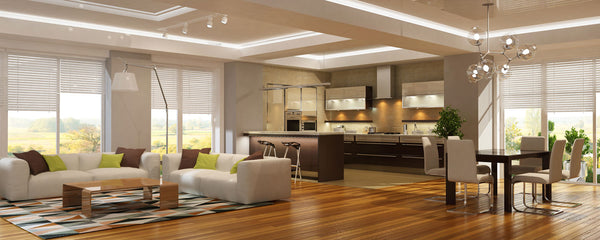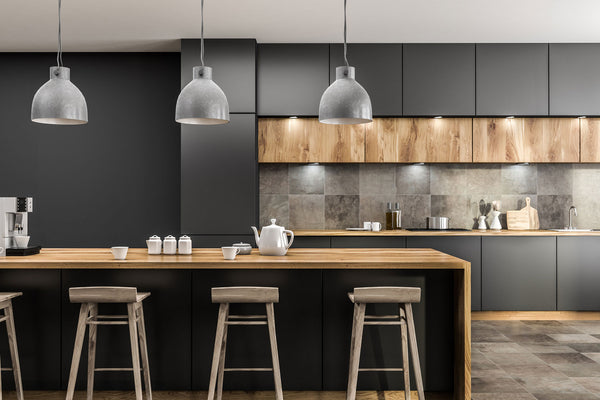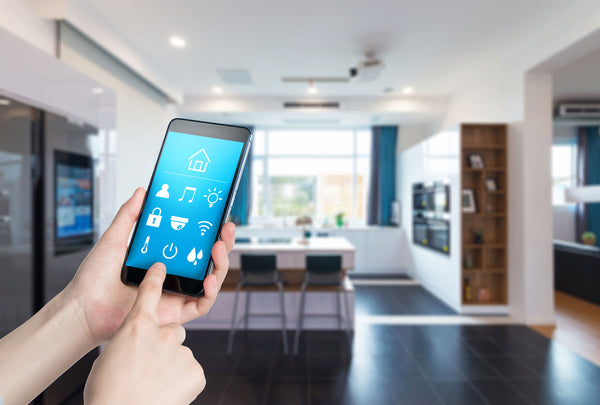On orders $99+
On orders $99+


When contemplating the task of designing your home, it is essential to acknowledge the weight of lighting and its impact on the aesthetic and ambiance of your space. Built-in lighting, which is seamlessly integrated into the design of your home, can provide a chic and harmonious way to illuminate your abode. In this discourse, we will delve into some intricate tips and considerations for incorporating built-in lighting into your home design.
Before selecting your built-in lighting fixtures, it is crucial to ponder over the diverse lighting needs of your rooms. For instance, your kitchen may require bright task lighting for food preparation, while your bedroom may demand softer lighting for relaxation. Some types of lighting to contemplate are ambient lighting, task lighting, and accent lighting.

The purpose of a room can also influence the type of built-in lighting you select. For example, a home office may require brighter task lighting than a living room or bedroom. Therefore, it would be best to consider a mix of ambient and accent lighting, such as a central ceiling fixture and wall sconces or table lamps for accent lighting, in your living room.
As for your kitchen, you could consider under-cabinet lighting for task lighting and overhead fixtures or pendant lights for ambient lighting. In your bedroom, a combination of ambient and task lighting, such as a central ceiling fixture and bedside table lamps for reading, would suffice.

Furthermore, the placement of your built-in lighting fixtures is crucial to contemplate. Lighting fixtures should be evenly placed throughout the room to create balance and prevent any areas from being too dark. Recessed lighting could also be used to highlight architectural details such as crown molding or a coffered ceiling, while wall sconces could be used to accentuate a fireplace or built-in shelving. It is also essential to consider the size and scale of the lighting fixtures for each room, as large fixtures can overpower a small room, while small fixtures can seem out of place in a large room.
Another aspect that influences the overall look and feel of your space is the style of your built-in lighting fixtures. Choosing lighting fixtures that are consistent with the overall style of your home will create a cohesive look. Materials and finishes such as brass, chrome, or wood should complement other decorative elements in the room.

Energy efficiency should also be considered when selecting built-in lighting. LED lighting is an excellent energy-efficient and long-lasting option. Additionally, motion sensors or light sensors can be installed to automatically turn off lights when not in use, and smart lighting controls, such as timers or voice-activated controls, can help you manage your lighting use and save energy. Furthermore, don't forget to contemplate natural lighting when planning your built-in lighting, as it can provide an energy-efficient lighting source during the day and impact the overall look and feel of a room.
In conclusion, incorporating built-in lighting can undoubtedly elevate the overall look and functionality of your home. By considering the different lighting needs of your rooms, the room's function, lighting placement, style, and energy efficiency, you can create a beautiful and efficient lighting design that perfectly suits your needs. Keeping these intricate tips in mind, you will be on your way to crafting a well-lit and stylish haven.
Leave a comment